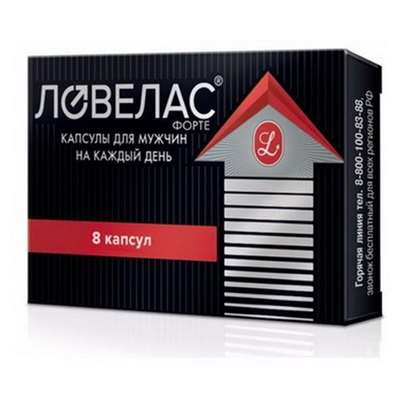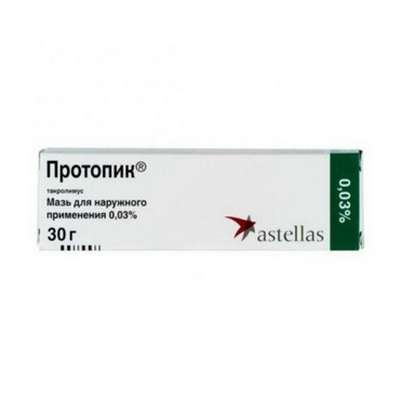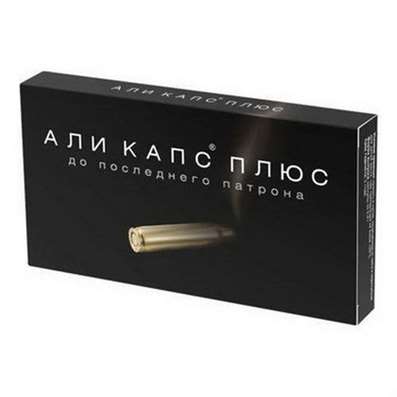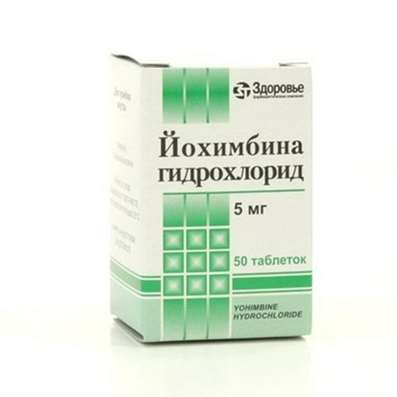Instruction for use: Thiopental
I want this, give me price
Dosage form: powder for solution for intravenous administration
Active substance: Sevoflurane
ATX
N01AF03 Thiopental sodium
Pharmacological group:
Anesthetic means
The nosological classification (ICD-10)
G40.6 Seizures of grand mal, unspecified [with small seizures [petit mal] or without them]: Large seizures (grand mal); Large seizures of epilepsy; Great seizures during sleep; Secondary generalized seizures; Secondary-generalized tonic-clonic seizures; Secondary generalized seizures; Generalized seizures; Generalized tonic-clonic seizures; Generalized seizure; Generalized epileptic seizure; Primary-generalized tonic-clonic seizure; Tonic-clonic convulsions; Tonic-clonic seizures
G41 Epileptic status: Convulsive syndrome; Convulsive status in children
R25.2 Cramp and spasm: Muscle spasms in tetanus; Pain syndrome with smooth muscle spasms; Pain syndrome with smooth muscle spasms (renal and biliary colic, intestinal spasm, dysmenorrhea); Pain syndrome with spasms of smooth muscles of internal organs; Pain syndrome with spasms of smooth muscles of internal organs (renal and biliary colic, intestinal spasm, dysmenorrhea); Painful muscular spasm; Mimic spasms; Muscular spasticity; Muscle spasms; Muscular spasms of central origin; Muscular spasticity; Muscle spasm; Neurological contractures with spasms; Night cramps in the extremities; Nocturnal cramps in the legs; Night cramps calf muscles; Symptomatic convulsive state; Vesta Syndrome; Spasm of smooth muscles; Spasm of smooth muscles; Spasm of smooth vascular musculature; Spasm of muscles; Spasm of striated muscle due to organic diseases of the central nervous system; Skeletal muscle spasms; Spasms of smooth muscles of internal organs; Muscle Cramps; Skeletal Muscle Cramps; Spastic states of the striated musculature; Spasmodic pain syndrome; The spastic condition of smooth muscles; Spasticity of skeletal musculature; Muscle cramp; Convulsions; Cramps of the calf muscles; Convulsions of central origin; Convulsive condition; Convulsive Syndrome; Convulsive status in children; Tonic convulsions; Cerebral spastic syndrome; The phenomenon of a folding knife
Z100 * CLASS XXII Surgical practice: Abdominal surgery; adenomectomy; Amputation; Coronary angioplasty; Angioplasty of the carotid arteries; Antiseptic skin treatment for wounds; Antiseptic Hand; Appendectomy; atherectomy; Balloon coronary angioplasty; Vaginal hysterectomy; The coronary bypass; Interventions in the vagina and cervix; Interventions on the bladder; Intervention in the mouth; Restoration and reconstructive surgery; Hand hygiene of medical personnel; Gynecologic surgery; Gynecological intervention; Gynecological surgery; Hypovolemic shock during operations; Disinfection of purulent wounds; Disinfection of wounds edges; Diagnostic intervention; Diagnostic procedures; Cervical Diathermocoagulation; Long-surgery; Replacing the fistula catheters; Infection in orthopedic surgery; Artificial heart valve; cystectomy; Short-term outpatient surgery; Short-term operation; Short surgical procedures; Krikotireotomiya; Blood loss during surgery; Bleeding during surgery and in the postoperative period; Kuldotsentez; laser photocoagulation; laser coagulation; retinal laser coagulation; Laparoscopy; Laparoscopy in Gynecology; CSF fistula; Small gynecological operations; Small surgical procedures; Mastectomy and subsequent plastic; mediastinotomy; Microsurgical operations on the ear; Mukogingivalnye operation; suturing; Minor surgery; neurosurgical operation; Immobilization of the eyeball in ophthalmic surgery; testectomy; pancreatectomy; Perikardektomiya; The period of rehabilitation after surgery; The period of convalescence after surgery; Percutaneous transluminal coronary angioplasty; Pleural thoracentesis; Pneumonia postoperative and posttraumatic; Preparation for surgical procedures; Preparation for surgery; Preparation of the surgeon's hands before surgery; Preparation of the colon for surgical procedures; Postoperative aspiration pneumonia in neurosurgical and thoracic surgery; Postoperative nausea; Postoperative bleeding; postoperative granuloma; postoperative shock; The early postoperative period; myocardial revascularization; Radiectomy; gastric Resection; bowel resection; uterine Resection; liver Resection; enterectomy; Resection of part of the stomach; Reocclusion of the operated vessel; Bonding tissues during surgical procedures; Removal of sutures; Condition after eye surgery; Condition after surgery; Condition after surgery in the nasal cavity; Condition after gastrectomy; Status after resection of the small intestine; Condition after tonsillectomy; Condition after removal of the duodenum; Condition after phlebectomy; Vascular surgery; Splenectomy; Sterilization of surgical instruments; Sterilization of surgical instruments; sternotomy; Dental surgery; Dental intervention in periodontal tissues; strumectomy; Tonsillectomy; Thoracic surgery; Thoracic surgery; total gastrectomy; Transdermal intravascular coronary angioplasty; Transurethral resection; Turbinektomiya; Removal of a tooth; cataract surgery; Removal of cysts; tonsillectomy; Removal of fibroids; Removing the mobile primary teeth; Removing polyps; Removing broken tooth; Removal of the uterus body; Removal of sutures; Fistula likvoroprovodyaschih ways; Frontoetmoidogaymorotomiya; Surgical infection; Surgical treatment of chronic limb ulcers; Surgery; The surgery in the anal area; The surgery on the colon; Surgical practice; The surgical procedure; Surgical interventions; Surgery on the gastrointestinal tract; Surgical procedures on the urinary tract; Surgical procedures on the urinary system; Surgical intervention of the genitourinary system; Surgical procedures on the heart; Surgical manipulation; surgery; Surgery on the veins; Surgical intervention; Vascular surgery; Surgical treatment of thrombosis; Surgery; cholecystectomy; Partial gastric resection; hysterectomy; Percutaneous transluminal coronary angioplasty; Percutaneous transluminal angioplasty; Coronary artery bypass; tooth Extirpation; Extirpation of milk teeth; pulpectomy; pulsative cardiopulmonary bypass; tooth Extraction; teeth Extraction; cataract extraction; Electrocoagulation; endourological intervention; episiotomy; Etmoidotomiya; Complications after tooth extraction
Composition and release form
1 bottle with lyophilized powder for the preparation of the injection solution contains 0.5 or 1 g sodium thiopental; in a cardboard box 10 bottles.
Pharmachologic effect
Pharmacological action - anesthesia, antihypoxic.
Has a depriming effect on the cerebral cortex without a preliminary stage of excitation. It inhibits the transfer of nerve impulses by blocking the sodium-potassium pump at the level of pre- and postsynaptic membranes. As the narcosis deepens, the oppressive effect extends to the basal ganglia, the intermediate brain, the vasomotor and respiratory centers.
Indication of the drug Tiopental
Anesthesia: introductory, basic, short-term (no more than 15 minutes); convulsive seizures, status epilepticus, drug analysis and drug synthesis in psychiatry, protection of neurons from hypoxia in case of artificial circulation, carotid endarterectomy and neurosurgical operations on the vessels of the brain.
Contraindications
Absolute: hypersensitivity, porphyria.
Relative: severe cardiovascular diseases, shock, arterial hypotension, liver and / or kidney dysfunction, Addison's disease, myxedema, severe anemia, bronchial asthma and asthmatic conditions, myasthenia gravis, febrile conditions, inflammatory diseases of the nasopharynx.
Side effects
Inhibition of respiration, oppression of myocardial functions, tachycardia, arrhythmias, decreased blood pressure, sneezing, cough, broncho- and laryngospasm, drowsiness, anaphylactoid reactions.
Dosing and Administration
IV, children - preferably drip, in the form of 2.5% solution; 0.5 g of dry matter is diluted in 20 ml or 1 g in 40 ml of solvent (twice distilled water). The solution is prepared before the introduction. Dosage depends on the indication, and in children - and on age and body weight. Correction of dose is recommended for patients with severe renal dysfunction.
Storage conditions for Thiopental
At a temperature of 15-25 ° C.
Keep out of the reach of children.
Shelf life of Thiopental
3 years.
Do not use after the expiry date printed on the package.

 Cart
Cart





